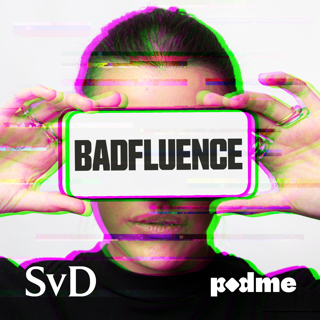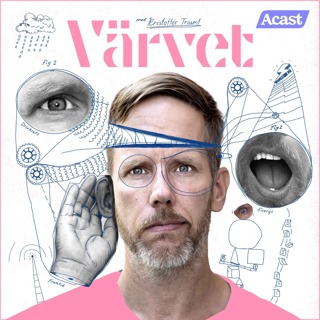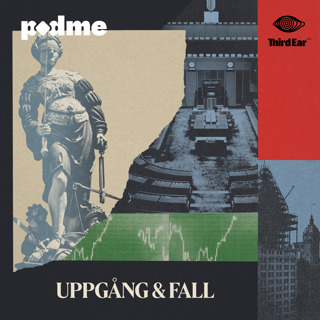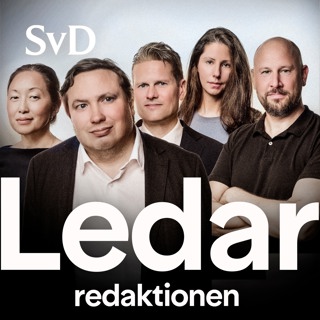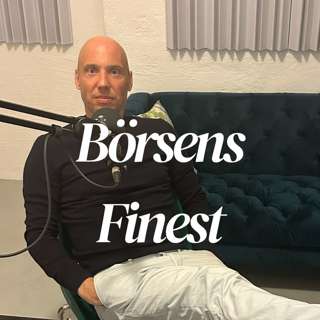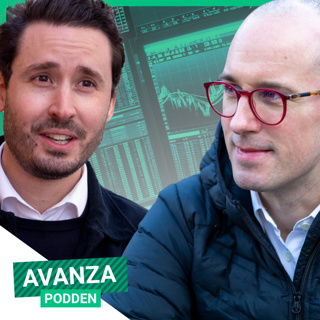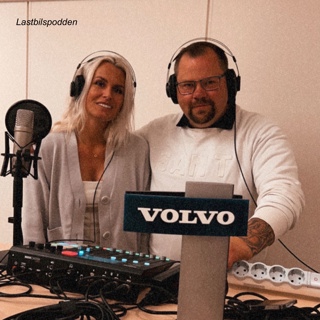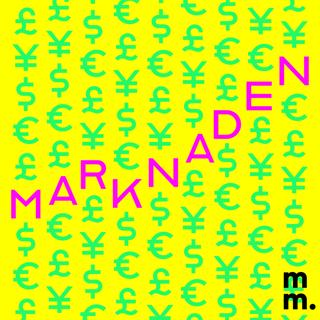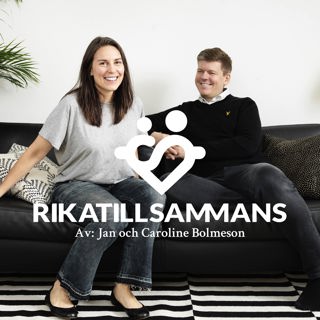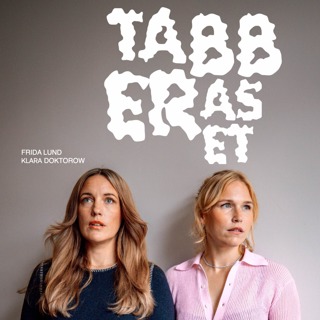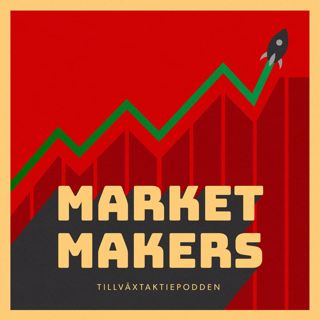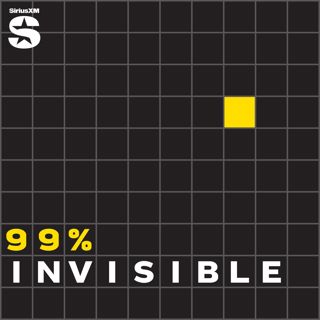
VIDEO- Why Danger Symbols Can't Last Forever with Vox
The world is full of icons that warn us to be afraid — to stay away from this or not do that. And many of these are easy to understand because they represent something recognizable, like a fire, or a person slipping on a wet floor. But some concepts are hard to communicate visually, especially in a way that will work for generations to come. 99% Invisible teamed up with Vox to bring you this video about the challenges designers face in developing warning symbols that last. Why Danger Symbols Can't Last Forever Check out all of Vox’s videos. They’re top drawer. Subscribe to SiriusXM Podcasts+ to listen to new episodes of 99% Invisible ad-free and a whole week early. Start a free trial now on Apple Podcasts or by visiting siriusxm.com/podcastsplus.
4 Juli 20187min

Right to Roam
In the United Kingdom, the freedom to walk through private land is known as “the right to roam.” The movement to win this right was started in the 1930s by a rebellious group of young people who called themselves “ramblers” and spent their days working in the factories of Manchester, England. Plus, bothy talk. Right to Roam Subscribe to SiriusXM Podcasts+ to listen to new episodes of 99% Invisible ad-free and a whole week early. Start a free trial now on Apple Podcasts or by visiting siriusxm.com/podcastsplus.
27 Juni 201828min

Post-Narco Urbanism
In the 1980s, Pablo Escobar, the notorious drug lord, had effectively declared war on the Colombian state. At one point, his cartel was supplying 80% of the world's cocaine and the violence surrounding the drug trade had become extreme. The bloodshed was focused in the city of Medellin. As the years went on, Medellin became the most dangerous city in the world. But today, Medellin is very different. In just thirty years, it’s transformed from being the bloody cocaine capital of the world into a place that’s often described as a “model city.” It’s now safer than many cities in the U.S, and, to the surprise of many, one of the things that helped to pull the city out of the violence was a whole new approach to urban planning, including a major overhaul of the city’s public transportation system. Post-Narco Urbanism This is a collaboration with Latino USA Check out the new Radiotopia show ZigZag. Subscribe on Apple Podcasts. Subscribe to SiriusXM Podcasts+ to listen to new episodes of 99% Invisible ad-free and a whole week early. Start a free trial now on Apple Podcasts or by visiting siriusxm.com/podcastsplus.
20 Juni 201837min

The Barney Design
Until the early 90s, basketball uniforms were pretty tame. There had been real limits to what could be done with jerseys. All the details—the numbers, the names, the logos—had to be sewed on. Complicated graphics would have taken a massive amount of embroidery, which would have added additional weight and made the jersey hotter to wear. But dye sublimation changed everything. Sublimation is a process of printing dye directly into the fabric. Now for the first time, you could design something in Photoshop, and make it as big and colorful as you wanted. Then with sublimation, you could print that design straight onto the material without any embroidery or extra weight. This allowed NBA teams to go wild…and they did…which led to one of the most famous love-it-or-hate-it basketball jersey, the 1996 Toronto Raptors’ “Barney Uniform.” The Barney Design Subscribe to SiriusXM Podcasts+ to listen to new episodes of 99% Invisible ad-free and a whole week early. Start a free trial now on Apple Podcasts or by visiting siriusxm.com/podcastsplus.
13 Juni 201822min

77 Steps
As the U.S. war effort ramped up in the early 1940s, the Navy put out a request for chair design submissions. They needed a chair that was fireproof, waterproof, lightweight and strong enough to survive a torpedo blast. In response, engineer named Wilton C. Dinges designed a chair made out of aluminum, bent and welded to be super strong. To show off the durability of his creation, Dinges took it up to the eighth floor of a hotel in Chicago, where the Navy was examining submissions, and threw it out of the window. It bounced, but didn't bend or break. And so the Navy gave its inventor the contract, and he, in turn, opened a factory and called new his business the Electrical Machine and Equipment Company, or: Emeco. Over the decades the Emeco Navy chair became so popular that companies began to copy it. There are now tons of knockoffs -- fakes. Last month, Benjamen Walker of Theory of Everything walked 99% Invisible Host Roman Mars around New York city, pointing out real and fake Emeco chairs. 77 Steps Subscribe to SiriusXM Podcasts+ to listen to new episodes of 99% Invisible ad-free and a whole week early. Start a free trial now on Apple Podcasts or by visiting siriusxm.com/podcastsplus.
6 Juni 201823min

The Vault
Svalbard is a remote Norwegian archipelago with reindeer, Arctic foxes and only around 2,500 humans -- but it is also home to a vault containing seeds for virtually every edible plant one can imagine. The mountainside Crop Trust facility has thousands of varieties of coconuts, corn, rice and more, serving as a seed backup for humanity. For each crop, there’s an envelope with 500 seeds. This featured episode from the show “Endless Thread” explores an unusual reserve of invaluable resources. Plus, Emmett tells about another seed bank in more precarious part of the world. The Vault Subscribe to SiriusXM Podcasts+ to listen to new episodes of 99% Invisible ad-free and a whole week early. Start a free trial now on Apple Podcasts or by visiting siriusxm.com/podcastsplus.
30 Maj 201827min

Curb Cuts
If you live in an American city and you don’t personally use a wheelchair, it's easy to overlook the small ramp at most intersections, between the sidewalk and the street. Today, these curb cuts are everywhere, but fifty years ago -- when an activist named Ed Roberts was young -- most urban corners featured a sharp drop-off, making it difficult for him and other wheelchair users to get between blocks without assistance. Curb Cuts Subscribe to SiriusXM Podcasts+ to listen to new episodes of 99% Invisible ad-free and a whole week early. Start a free trial now on Apple Podcasts or by visiting siriusxm.com/podcastsplus.
23 Maj 201845min

Immobile Homes
"Part of the paradox at the heart of manufactured housing," explains Esther Sullivan, a sociologist at the University of Colorado Denver "is that it's precisely the thing that makes it so affordable that also makes this a highly insecure form of housing." Sullivan says that about a third of mobile homeowners live in parks where they rent a plot of land for their home. She calls this arrangement halfway homeownership, because it’s filled with uncertainty. The property owners can raise rents, or fail to maintain communal infrastructure, or even sell the park and evict everyone living in it. Often there isn't a lot that residents can do, but now there is a new movement of cooperative ownership of mobile home parks. Immobile Homes Subscribe to SiriusXM Podcasts+ to listen to new episodes of 99% Invisible ad-free and a whole week early. Start a free trial now on Apple Podcasts or by visiting siriusxm.com/podcastsplus.
16 Maj 201828min




